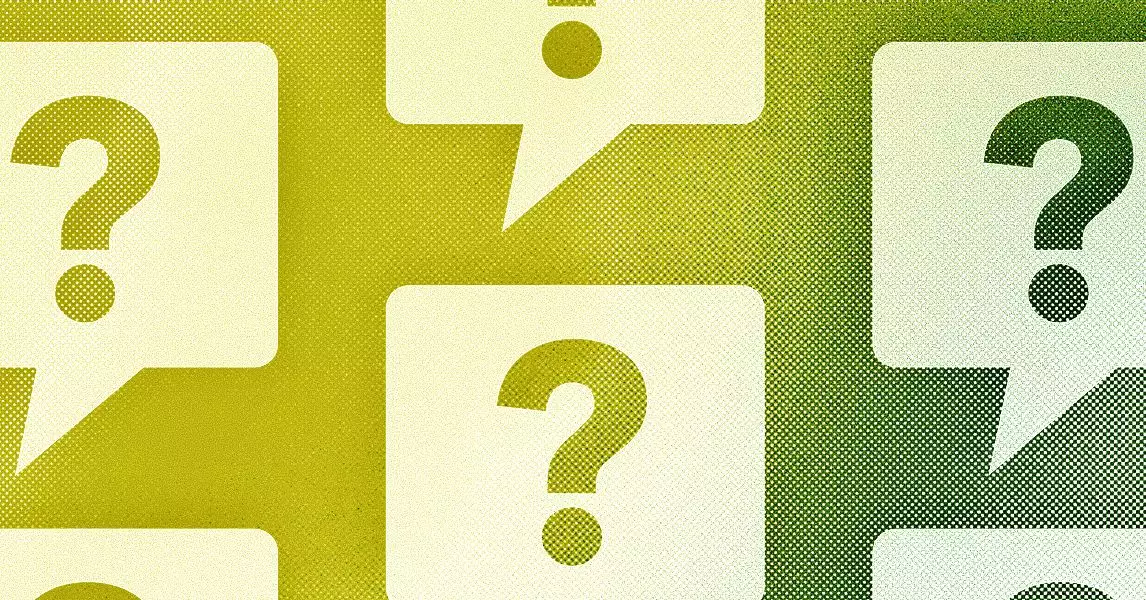Artificial Intelligence has begun to reshape the landscape of Hollywood in ways both profound and unsettling. Once considered merely a futuristic concept, AI’s practical applications are now permeating every facet of entertainment creation. From storyboarding to visual effects, AI-driven tools are revolutionizing how content is conceived, designed, and produced. This technological wave promises increased efficiency and novel creative possibilities, but it also raises urgent questions about the future of employment and artistic integrity within the industry.
Storyboarding, a critical early step in film and television production, traditionally required talented visual artists to craft detailed sketches that set the tone for entire scenes. Today, AI image generators can perform this task in a fraction of the time, often producing high-quality visuals with minimal human input. While this accelerates the creative process and cuts costs, it threatens the livelihoods of countless artists whose skills are now rendered less essential. Major Hollywood productions, including blockbuster superhero films, are already experimenting with these technologies—signaling a seismic shift that benefits studios financially but casts a shadow over artisans facing displacement.
Beyond storyboarding, AI’s influence extends into visual effects, character design, and even scriptwriting. For example, AI-powered tools can generate realistic CGI backgrounds or suggest dialogue continuations, reducing the reliance on expensive human resources. While these innovations offer unprecedented creative latitude and economic savings, they introduce a dilemma: at what point does automation undermine the craftsmanship and personal expression that define cinematic artistry? The industry’s obsessive pursuit of efficiency might compromise the emotional and cultural depth that audiences cherish.
Industry Resistance and the Human Cost of Automation
The response within Hollywood has been sharply divided. During recent strikes, concerns about AI’s threat to job security emerged as a central grievance. Industry insiders—actors, crew members, and visual artists—feel under siege, worried that the allure of cost-cutting AI solutions will diminish traditional employment opportunities. Their fears are grounded in reality; AI is already supplanting functions that once depended on human talent, from background artists to stunt performers.
This apprehension is justified, especially considering the power dynamics at play. Studios, keen to bolster their bottom line, tend to view AI as an asset rather than a threat. Their investments in automation and machine learning tools are designed to maximize profits, often at the expense of labor rights and artistic nuance. While some workers acknowledge that certain tasks might be augmented rather than replaced, the predominant sentiment is one of vulnerability—a feeling that creative professionals are increasingly expendable in an industry driven by profit motives.
Yet, amid this turbulence, pockets of optimism and experimentation thrive. A subset of filmmakers and producers enthusiastically embrace AI, viewing it as a new frontier for innovation. For instance, some documentary filmmakers are integrating AI into their workflows, using generative models to visualize concepts or streamline editing. Renowned directors like Darren Aronofsky have established AI-focused studios in partnership with tech giants like Google DeepMind. Aronofsky’s ventures exemplify a willingness to push boundaries, even if the results provoke controversy and challenge traditional notions of authorship.
The Ethical and Artistic Implications of AI Adoption
While AI’s potential for revolutionizing the industry is undeniable, it raises complex ethical questions that demand careful scrutiny. When AI begins to assume roles that shape a film’s visual language or narrative flow, whose voice ultimately prevails? The danger lies in losing the human touch—artistic intuition, cultural context, and emotional authenticity—that give stories their power. If machines become the primary creators, Hollywood risks producing content that feels sterile or devoid of genuine human experience.
Moreover, the proliferation of AI tools amplifies concerns about authenticity and originality. Deepfake technology and AI-generated actors threaten to blur the line between reality and fabrication, prompting debates about consent, intellectual property, and the morality of synthetic performances. If AI can mimic any actor’s face or voice convincingly, the implications for licensing rights and personal likenesses are staggering.
Furthermore, the industry’s flirtation with AI risks exacerbating inequalities. Skilled visual artists and writers might find themselves marginalized or undervalued in a landscape that increasingly favors automation. This could deepen existing disparities and marginalize diverse voices that are crucial for authentic storytelling. The societal impact of replacing human creativity with algorithms extends beyond economics—it touches on cultural identity and artistic integrity.
—
In navigating this transformation, Hollywood must balance innovation with responsibility. While AI offers tools that can democratize creativity and accelerate production, unchecked reliance risks homogenizing content and silencing the very voices that make storytelling vital. The challenge lies in harnessing AI’s power without compromising the human essence that makes cinema a mirror of the human condition. Only through deliberate, ethical engagement with these emerging technologies can Hollywood sustain its creative soul amid rapid technological change.

